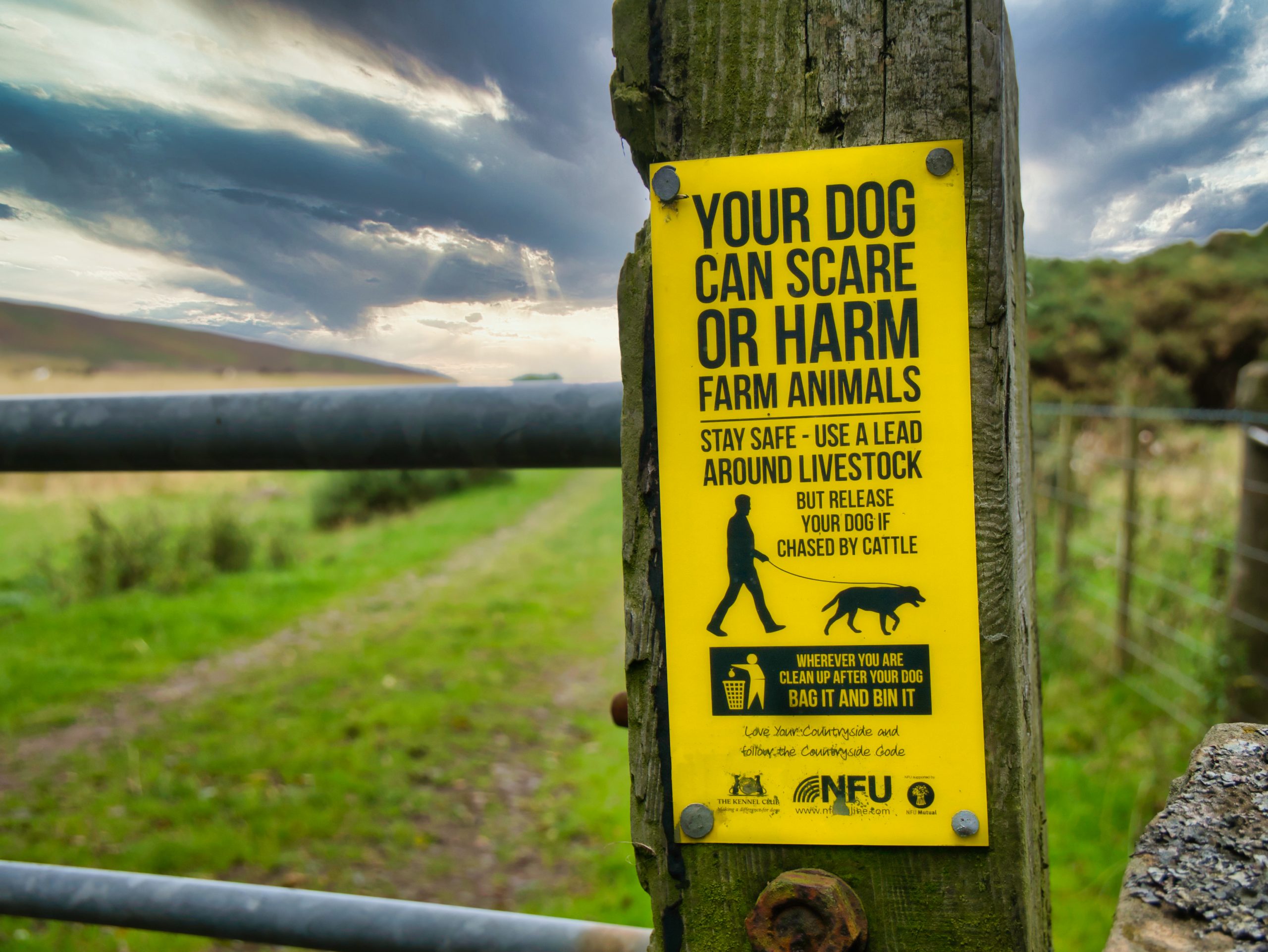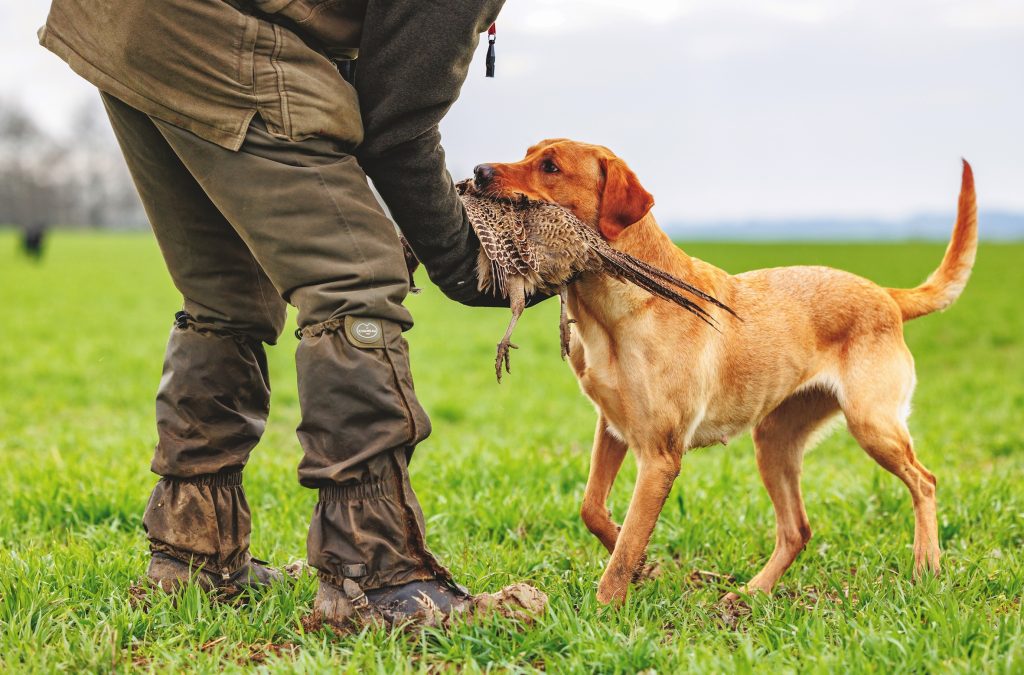Bullet weight
Against the grain
How do you know which bullet weight to use when the recommendations vary so much? Phill Price of our sister magazine Airgun World investigates…A while ago, completely out of the blue, the chance to shoot roe deer landed in my lap on the understanding that I would put in all the hours needed to seriously reduce, and keep down, the fox population on a 300 acre estate.Unsurprisingly I jumped at the chance, and took the easy calibre option when buying my rifle – the ubiquitous .243 Winchester. With bullet weights ranging from 50 to 105 grains, I supposed that something in the middle would give me the violent expansion I needed to stop the foxes on the spot and enough penetration to drive the bullet fully through the biggest roe buck, ensuring a clean kill.How would I choose? I asked everybody I know who owns a .243, and got back just as many different answers. So I then turned to the shooting industry, in the form of the main ammunition importers, for their advice. The same thing happened again, as they generally sent me a box of every .243 hunting ammo they sold, so I could work it out for myself. After some accuracy testing I loaded up with some Federal 100 grain soft nose rounds – they were shooting groups under one inch at 100 yards, which pleased me – and set off after some foxes. The first one I saw was looking straight at me at about 80 yards, and a bullet through its bib dropped it where it stood. The exit wound was small and there was little visible damage. The second was taken with a head shot and again little damage could be seen. But I hadn’t had the chance to shoot one side-on through the ribs to see if the relatively heavy bullet would transfer enough energy to kill cleanly. I spoke to a highlyexperienced rifle reviewer who was totally opposed to shooting foxes with the 100 grain round, as he told me they wouldn’t be stopped and that I needed to go below 75 grains for the correct effect. Another experienced rifleman, Chris Blackburn from UK Gunworks, offered his view that lighter weight bullets are usually designed as ‘varmint’ rounds for very rapid expansion (good for foxes) whereas heavier rounds are better suited for deer He also told me that the reputation the .243 has gained for spoiling meat has come about from people using varminting bullets that are too light. Go as heavy as you can, was his advice, and you’ll not only flatten the foxes but also do less meat damage to the roe. So that’s what I’ve done so far. Every well-placed shot on a fox has resulted in the animal dropping on the spot, and long may it continue. Next stop: deer!





